Danger Ahead: The Risky Business of Building MTB Trails
Beware of accepting unnecessary liability regarding MTB trails with a few simple steps
Words by Scott Chapin
As specialty bicycle retailers—especially ones that are heavily focused on mountain bikes—it’s natural to be involved in local trail building and maintenance projects, whether through a local IMBA chapter or independently. But before you pack in your pole saws, Pulaskis, and pry bars, consider the risks it can pose to your business or to partnering organizations. Over the past decade, I’ve helped hundreds of mountain bike trail building organizations (both volunteer and professional) write adequate commercial insurance coverage for the unique exposures associated with their work of building and maintaining trails. Many of these liability exposures could extend to your business, depending on how you’re partnering on a given trail or network.
Problem 1: Public lands are…well, public
Most MTB trails are built on public land, where they’re readily accessible to, not to mention used by, the general public. When a trail building organization owns the trail/network and only permits access to its members, it can better manage potential risks. For example, it can require its members to sign a liability waiver in order to ride, which could be instrumental in fighting a lawsuit.
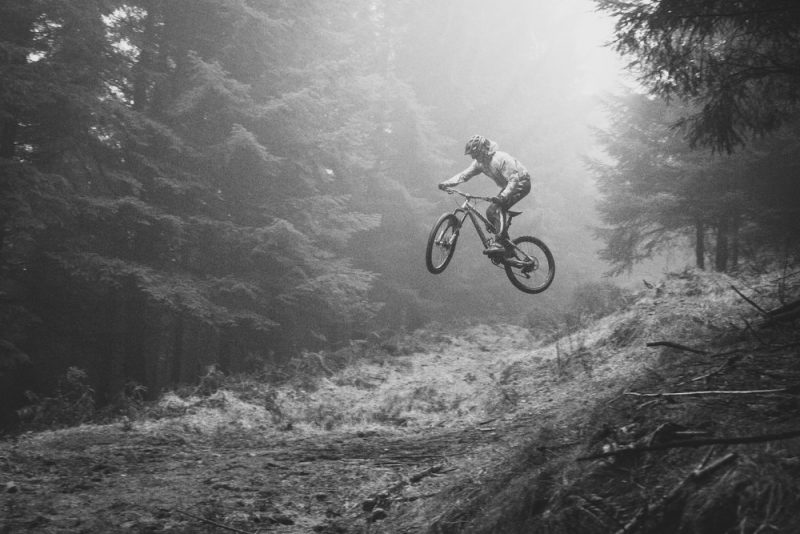
( Joshua Harvey/Unsplash )
Problem 2: Landowners are protected, not trail builders
Most trail builders falsely believe that recreational use statutes protect them against lawsuits; while they do protect landowners/land managers, they do little or nothing to prevent suits against trail building/maintenance organizations.
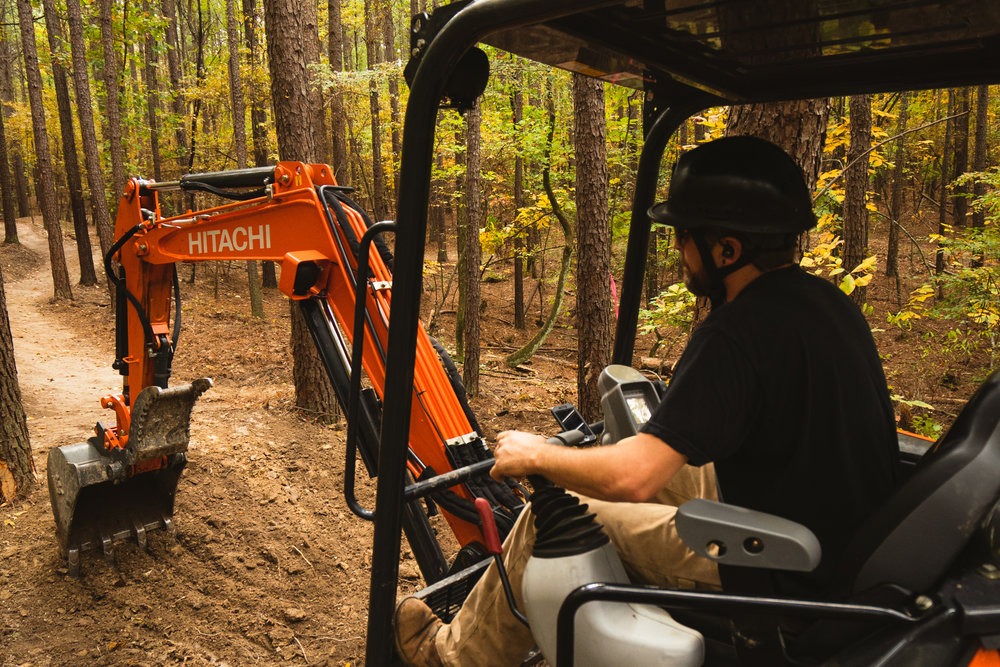
(Leslie Kehmeier/Courtesy of IMBA)
Problem 3: Most claims are tied to trail features
Many of the claims we see are directly tied to technical trail features. Often, an injured party will allege that they weren’t properly warned of “dangerous” trail features—like berms, rocks, and drops—that posed a risk to the rider. If there’s ANYTHING wrong with a feature, such as a loose bridge plank or improper design, it only escalates liability.
Problem 4: Many claimants aren’t even cyclists
Some of the larger claims we’ve encountered have nothing at all to do with bicycling. In several cases, a pedestrian tripped over a technical trail feature. They’re a bit unusual, but these premises liability claims can be surprisingly large—from the $10,000 range to well north of $500,000. The point here is that you have to anticipate unexpected uses, and keep in mind that your end-users will likely be more diverse, and potentially less experienced, than a relatively small, tight-knit MTB community.
How to Prevent Claims
So what can be done to prevent these types of claims? Often claims happen long after a trail or technical feature was built, and many are due to improper maintenance. Many land managers want to shift 100 percent of the liability to the trail building organization, but IMBA recommends that non-governmental organizations avoid stating they’re responsible for “maintaining, operating, or managing” MTB trails.
Solution 1: Avoid responsibility
It’s fine to assist a land manager with maintenance, but unwise to accept responsibility where you don’t have control over access. This is becoming increasingly tricky, as more land managers’ legal counsels encourage them to contractually shift as much liability as possible to other entities with a user agreement or memorandum of understanding. But Rich Edwards, Director of Construction & Operations for Trail Solutions (an IMBA division), says that IMBA recommends the managing agency bear the liability for operating public recreational trails and that reducing risk for the partnership trail advocacy group is in all parties’ best interest.
He contends that it’s unreasonable to push liability to a non-governmental volunteer organization since they have no control over the land where the trails are located. If trails are affected by land management operations, say, or an “act of God” (a rainstorm or windstorm, for example), they’re not in a position to close them to prevent damage or user injury, even as they’re held responsible for maintenance liabilities. Even so, he says, many trail advocacy groups have already entered into such lopsided agreements (where liability is concerned). The bottom line, though, is to avoid committing yourself/your store or your partner organization to any kind of legally binding responsibility for public lands trail maintenance wherever possible.
Solution 2: Perform regular maintenance, keep detailed records
If a land manager requires a trail building organization to maintain the trails, that organization should aim to perform regular, systematic maintenance of the trails and (especially) technical trail features, and keep detailed logs of when it’s performed.
Solution 3: Clear, detailed signage
Proper signage is another way to prevent claims. In some areas, land managers and trail building organizations believe that putting warning signs before every technical trail feature helps reduce risk. In addition, having a very detailed description of each specific trail (as well as the entire trail system) is just as important as, if not more so, than having individual difficulty ratings. That’s because trail difficulty ratings are so subjective from region to region, and organization to organization. A rider from the Upper Midwest will likely find a blue intermediate trail—these are especially fraught since the spectrum of blue trails is quite wide—in the Pacific Northwest to be much more technical and difficult compared to blue trails back home. A detailed description at the trailhead, including the kinds of grades and technical trail features that will be encountered down the trail, can help reduce some of that ambiguity.
Unfortunately, there’s no one-size-fits-all solution to signage, as some states tend to interpret language warning how potentially dangerous/challenging a trail is, to be an “admission” that the trail is unsafe for public use.
Edwards cited a sign at a bike park in Florida that reads, “The decisions you make determine whether you ride, walk or get carried out of here.” While that language may work in Florida, it may completely backfire in another state. He adds that in many locations, the public is generally unaware of the risks—threats from the terrain, animals, dangerous plants, multiple disease vectors, weather, lightning, overhead impacts, and more—of being out in undeveloped open space. All-natural areas are potentially dangerous, and some much more than others. Visitors to a trail in these locations should be made aware of the risks they are undertaking.
Solution 4: Filter features
Many highly technical MTB trails contain a “filter,” which is a feature at the start of the trail that’s representative of what the remainder of the trail will be like.
The Takeaway
Personally, I believe the best way to reduce the risk of claims is to do a thorough review of your MOUs/contracts with various land managers. This is obviously much easier to do on the “front end,” versus after the agreement has been signed. Most clubs have long-standing MOU’s that may be difficult to change after the fact. If a trail advocacy group can’t get out of its MOU/contract, it really needs to concentrate on systematic maintenance of the existing trails and technical trail features, as well as crafting the proper signage at trailheads, concentrating on words to “avoid” to help limit liability.
Scott Chapin is an accomplished mountain bike racer and a bicycle industry risk specialist with Marsh & McLennan Agency. He helps bike shop owners across the United States to protect their assets and build stronger businesses and can be reached at 715-634-6513 or scott.chapin@marshmma.com.
 The NBDA has been here since 1946, representing and empowering specialty bicycle dealers in the United States through education, communications, research, advocacy, member discount programs, and promotional opportunities. As shops are facing never-before-seen circumstances, these resources offer a lifeline. Together, we will weather this. We at the NBDA will not waver in our commitment to serving our members even during this challenging time—but we need your support.
The NBDA has been here since 1946, representing and empowering specialty bicycle dealers in the United States through education, communications, research, advocacy, member discount programs, and promotional opportunities. As shops are facing never-before-seen circumstances, these resources offer a lifeline. Together, we will weather this. We at the NBDA will not waver in our commitment to serving our members even during this challenging time—but we need your support.
Now is the time to become a member as we join together to make one another stronger. Whether you’re a retailer or an industry partner, your membership in the NBDA is one of the best investments you’ll make this year.
Learn more about the benefits of being a member and join now.
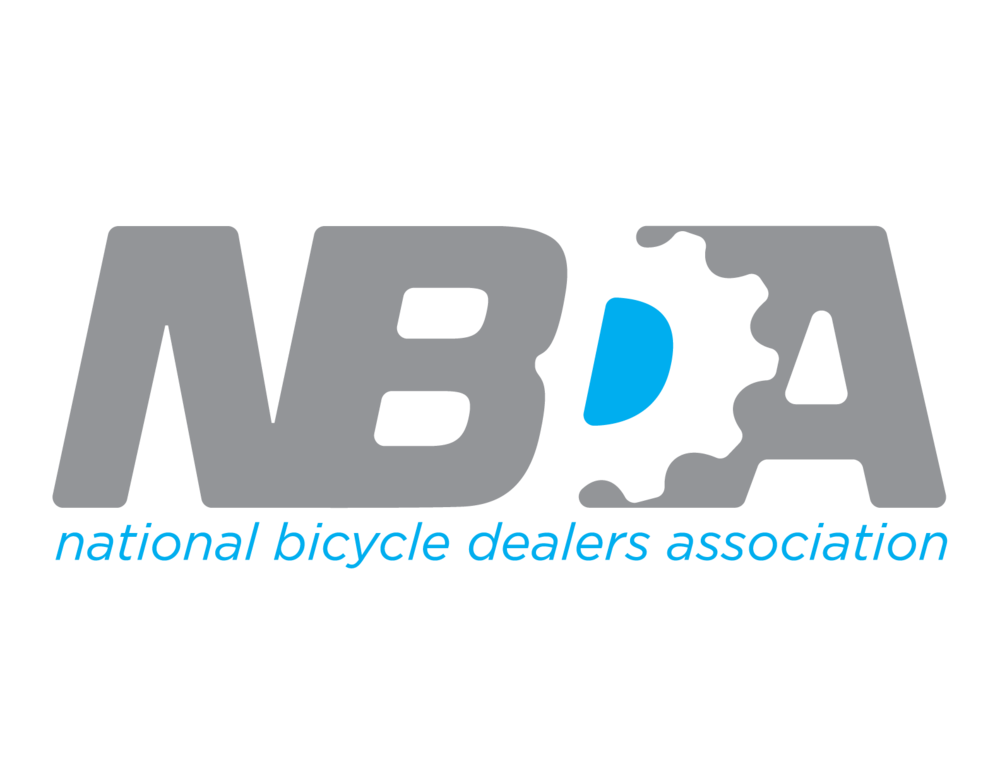
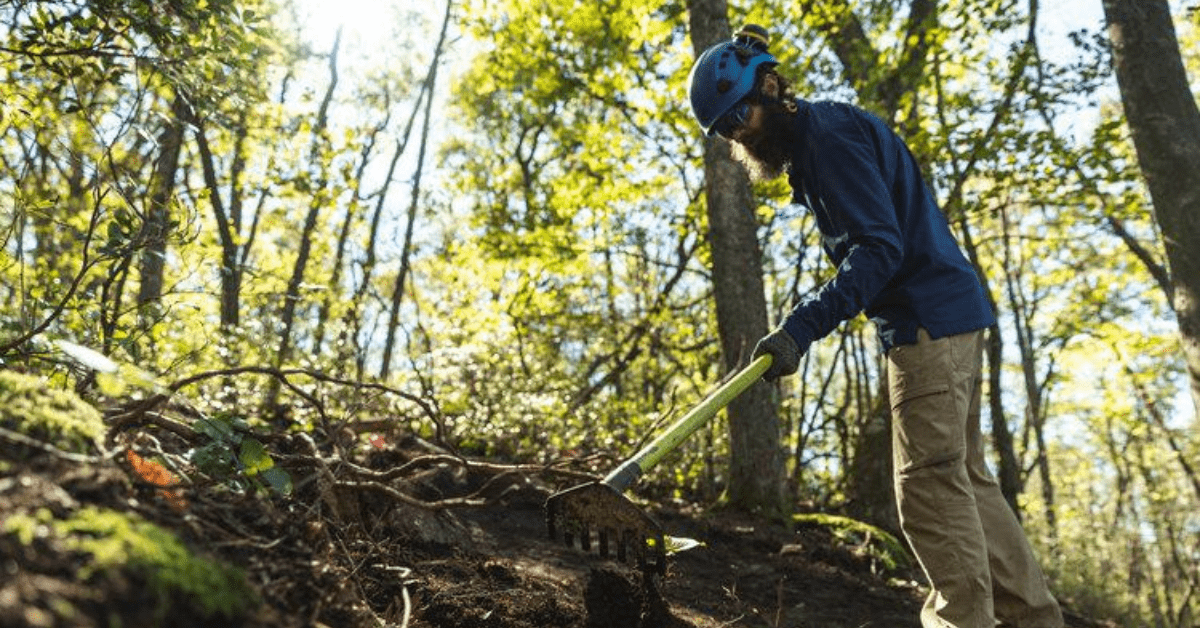
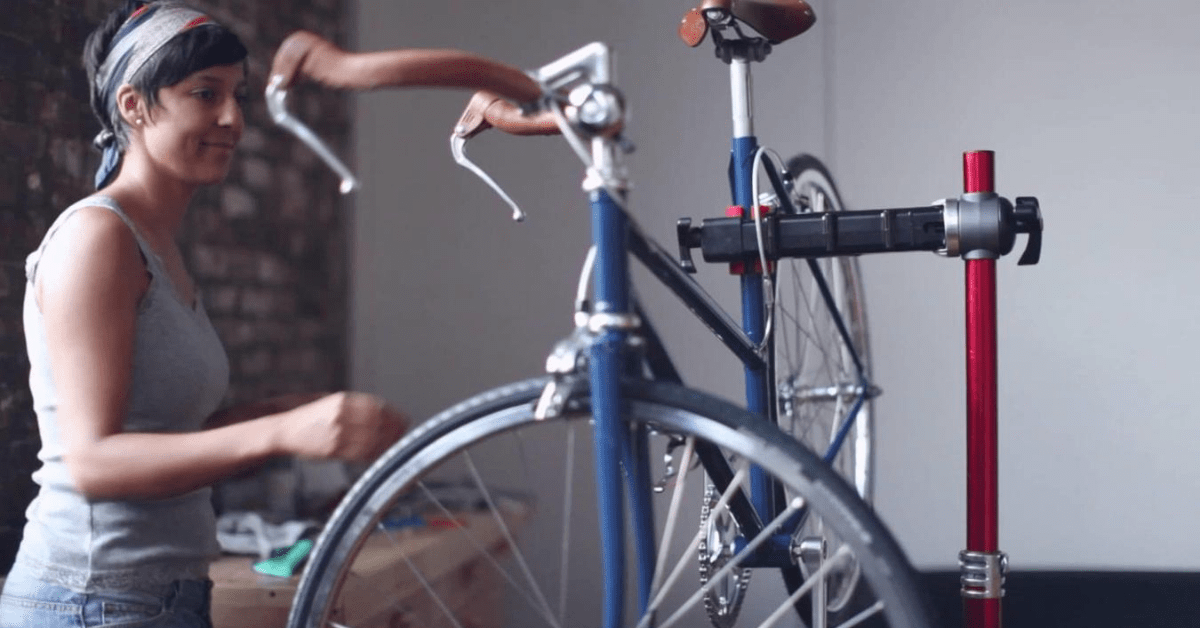



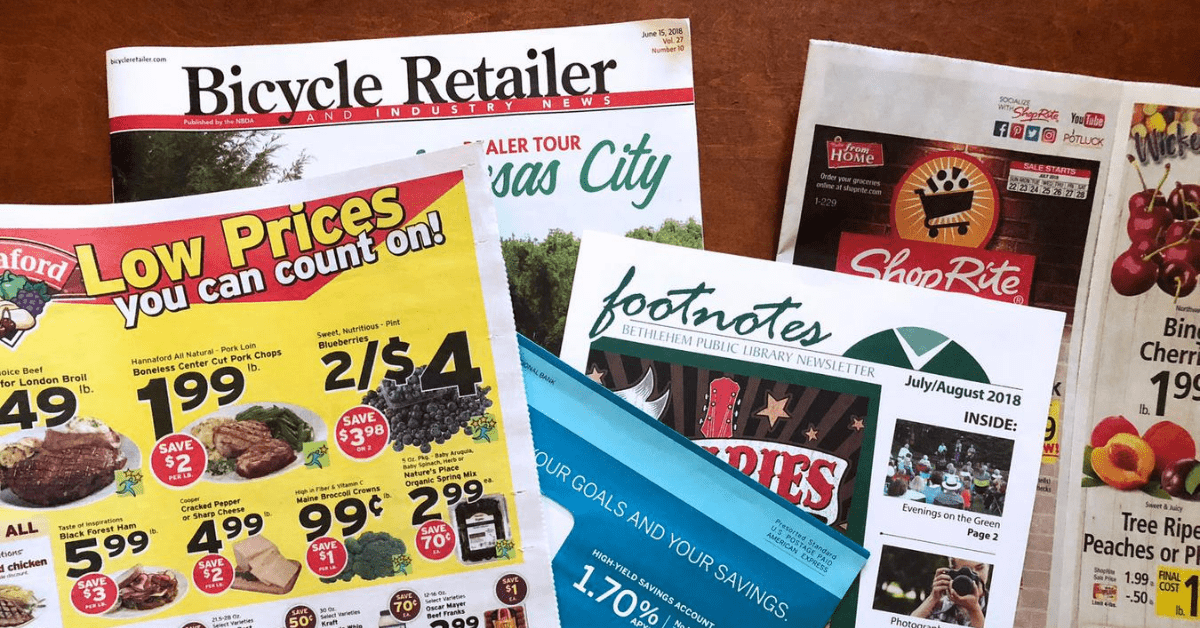

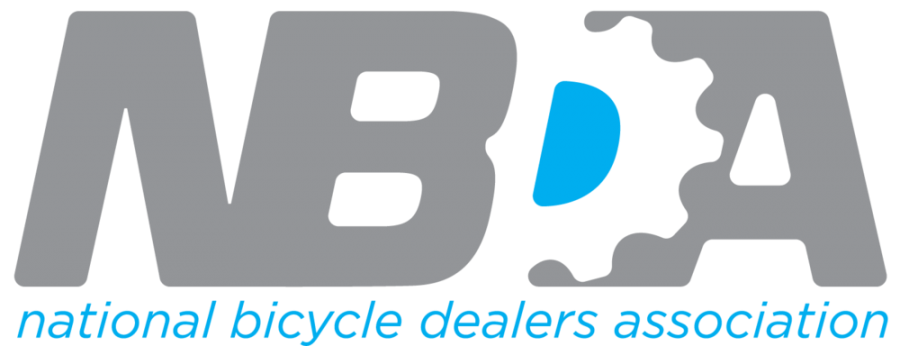
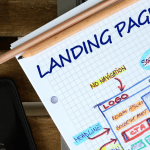

Thanks for posting this up. I hope it gets read. At my shop we don’t contribute to or assist in any groups building illegal trails in our local parks. The parks are regularly disrupting and trying to disable illegal trails to restore the habitat to its original state…all while giving the riding public clear instructions on what we need to do to gain permission to build new trails. Of course, no one follows their instructions and a few groups, headed up by a few bike bike shops out of my area continue to come in and push the envelope.
Naturally the parks have stressed over and over that if this continues they have full ability and will seek to close the parks to mountain bikes. Yet, these shops’ wrecking crews continue to come into my turf and put all of our access at risk.
If anyone gets hurt on those illegal trails they aren’t going to track down the dude-bros who built it, they are going to sue the park and then you know what happens…I hope those guys read this and knock it off. Just because they ride my area doesn’t mean they are even CLOSE to being able to be a part of the fabric of the community here and have a clue as to how dangerous what they are doing is to our ability ride our parks.